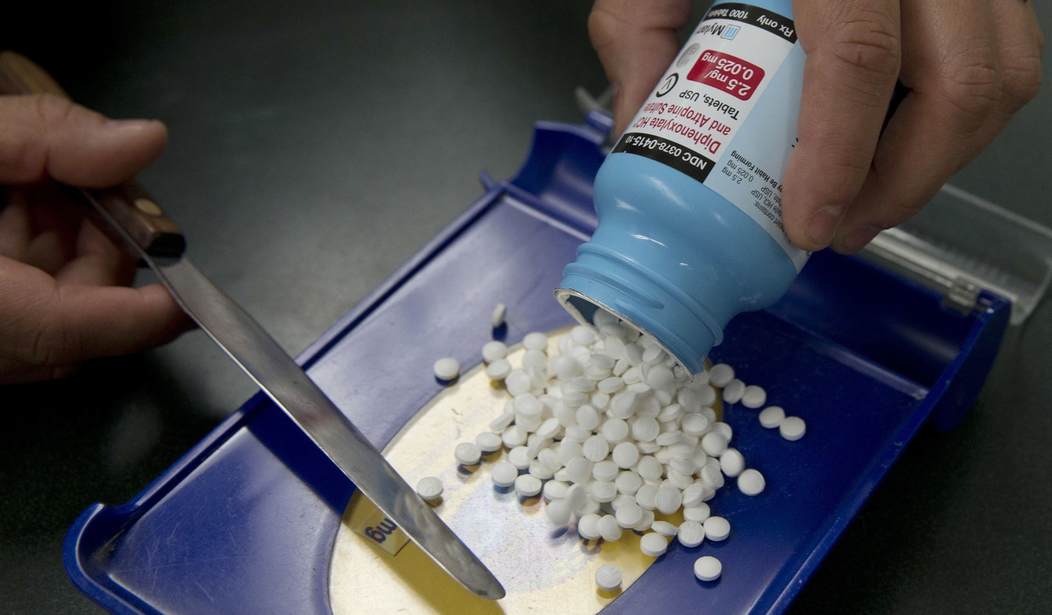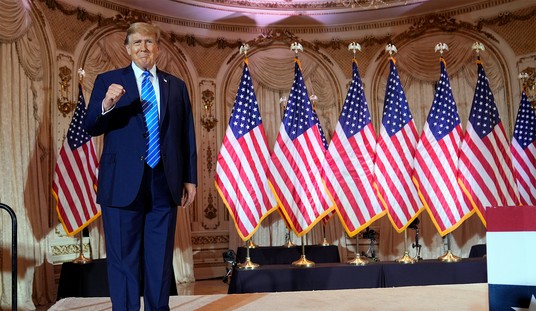The marketplace is an amazing thing—a dynamic system, striving to provide the wants and needs of individuals, with the drive for innovation producing amazing new products, and competition working to bring the price of those products down.
There is an interesting tension between those two—between innovation and competition. As the saying goes, “build a better mousetrap, and the world will beat a path to your door,” but you only work to build that mousetrap if you can reap the benefits of innovation.
This is why intellectual property protection is so important. Patents, recognition of intellectual property rights in a particular innovation, allow an inventor to recoup the monetary and sweat equity that went into bringing a new product into the marketplace, while at the same time offering the legal protections necessary to incentivize that urge to innovate.
These kinds of legal protections, this kind of certainty, is at the heart of what scholars like the Peruvian economist and political scientist Hernando DeSoto call, “the mystery of capital”—a corollary to Adam Smith’s “invisible hand” of the marketplace.
At the same time, patents are not held in perpetuity—this is, in no small measure, a hedge against monopolistic practices, recognizing that consumers are best served when there is competition in the production of goods. Competition brings down prices, so that ultimately the widest range of the consuming public can benefit from technological innovation.
This is especially important for such necessities as pharmaceutical products. On the intellectual property side, bringing new drugs to market is a herculean exercise—between research and development (including the costs of research into pharmaceutical streams that do not bear fruit), combined with massive regulatory hurdles (many of which are necessary, some of which possibly not), makes the investment in drug research a massive one, requiring, certainly, a period of time in which a company can recoup that investment.
Recommended
But at some point, that discrete period gives way to the ability for other makers to produce that drug—and in the United States, that period of time is 12 years. Consumers have long seen the benefit of when generic drug manufacturers can bring a product into the marketplace. Over the course of time, generic drugs have brought down the price of these drugs by 90%--a boon to the nation’s working families in an era where increasing access and lowering costs has been the mantra of health care reform for nearly a decade.
What happens, though, when name-brand pharmaceutical manufacturers try to skirt this 12-year limit—and to do so through a variety of legal gymnastics? This can be done in a variety of ways (like small, insignificant changes to a formula that are misread as new innovations to products), or as we have been seeing, the use of power, money and influence to slow down the regulatory process.
Take the assessment of risk. Everyone agrees that public policy—especially public policies that deal with the health of the public—should be based on a careful assessment of risks. When it comes to pharmaceuticals, manufacturers of drugs are required to develop something called Risk Evaluation and Mitigation Strategies (REMS)—a straightforward task, generally, that should be relatively easy to follow when we’re talking about bringing generic versions of previously evaluated drugs to market.
The problem, of course, is that regulatory requirements can often be used by powerful entities to stifle competition. The more complicated the regulatory regime, the easier it can be for those with influence to use that regime to keep those with fewer resources from being able to enter the marketplace (this is a key issue throughout the healthcare world, and consumers are harmed to the tune of billions of dollars as a result of it).
With regard to REMS, the larger actors “game” the system by denying generic manufacturers access to the materials needed to conduct “bioequilvalence studies” essential for market approval, as well as throwing up other roadblocks which are nothing more than tactics designed to keep these generics from coming to the marketplace, and thus allowing name-brand drug makers to hold onto their market share for just a little longer.
This is the essence of cronyism—the actions of the largest entities within a marketplace who use their power to create public policies that benefit them and only them, and to keep their smaller (and less well-heeled) competitors out of the marketplace.
Which means consumers lose—and most-especially, the nation’s working families who eagerly anticipate when prices fall for the medicines they want and need.
This week, the Senate Judiciary is taking up the CREATES Act, a piece of legislation whose goal is to fix the problem of cronyism in the complicated marketplace of generic versus name brand drugs. It deals with the issues of REMS head on, and offers thoughtful solutions that promote competition and innovation, while protecting intellectual property rights.
The marketplace works—better goods for lower prices. But it only works when all the actors are on a level playing field, and nobody can use their power to keep new actors from playing.

























Join the conversation as a VIP Member